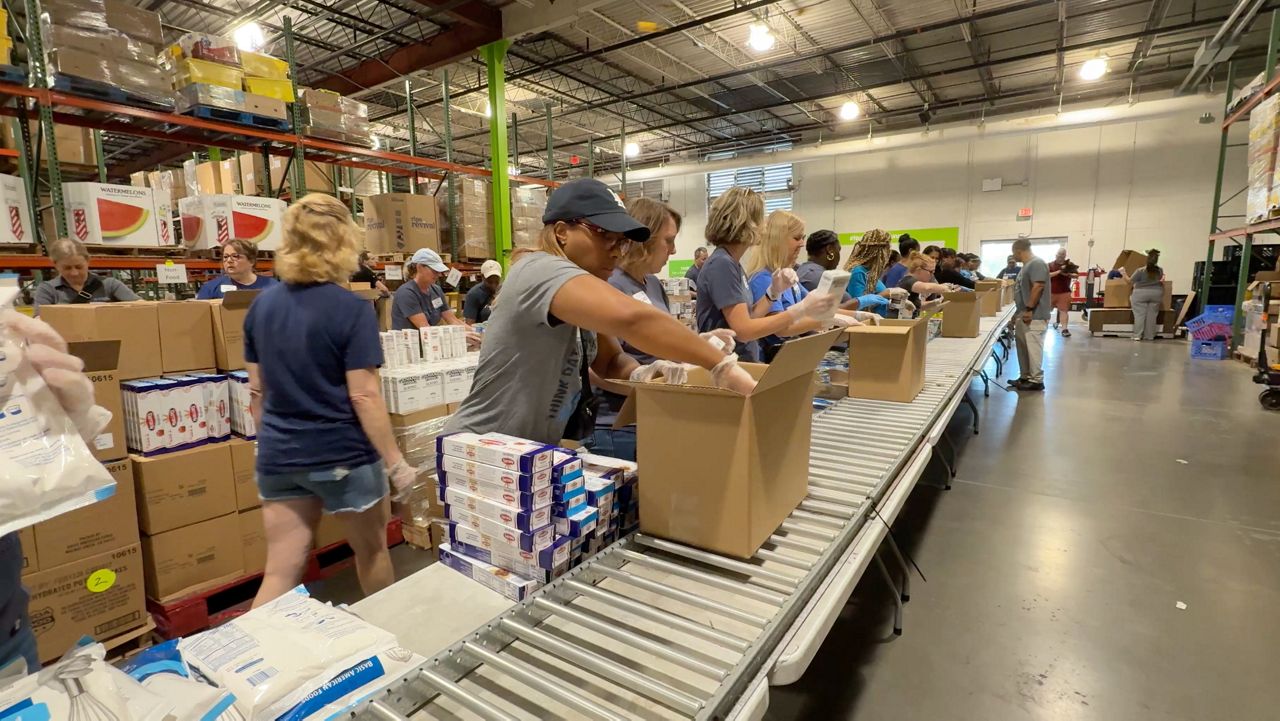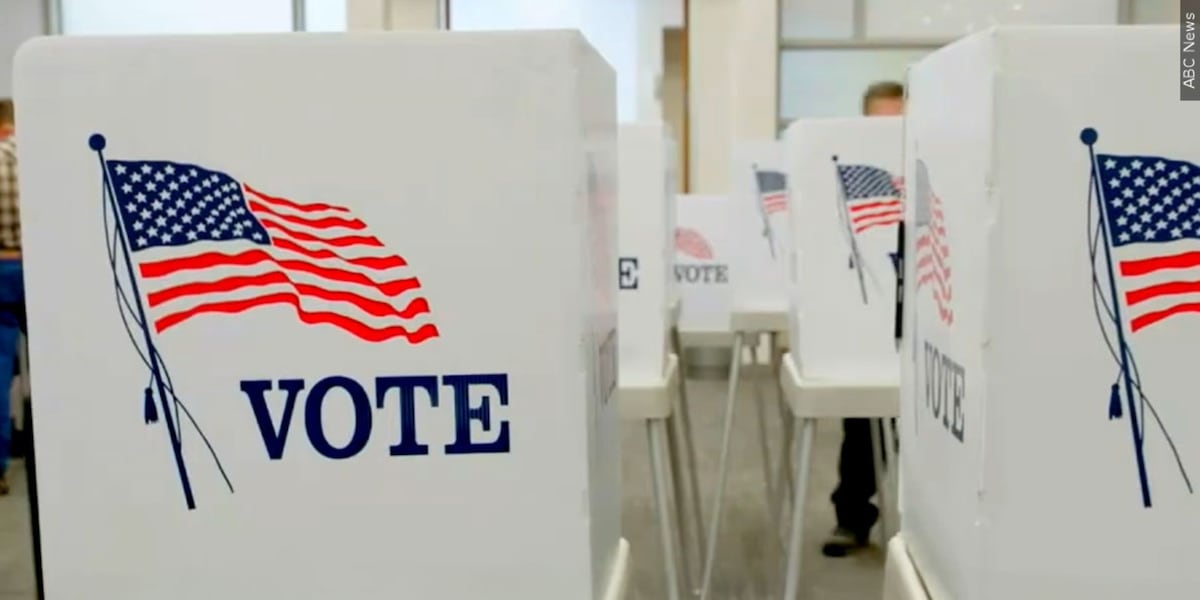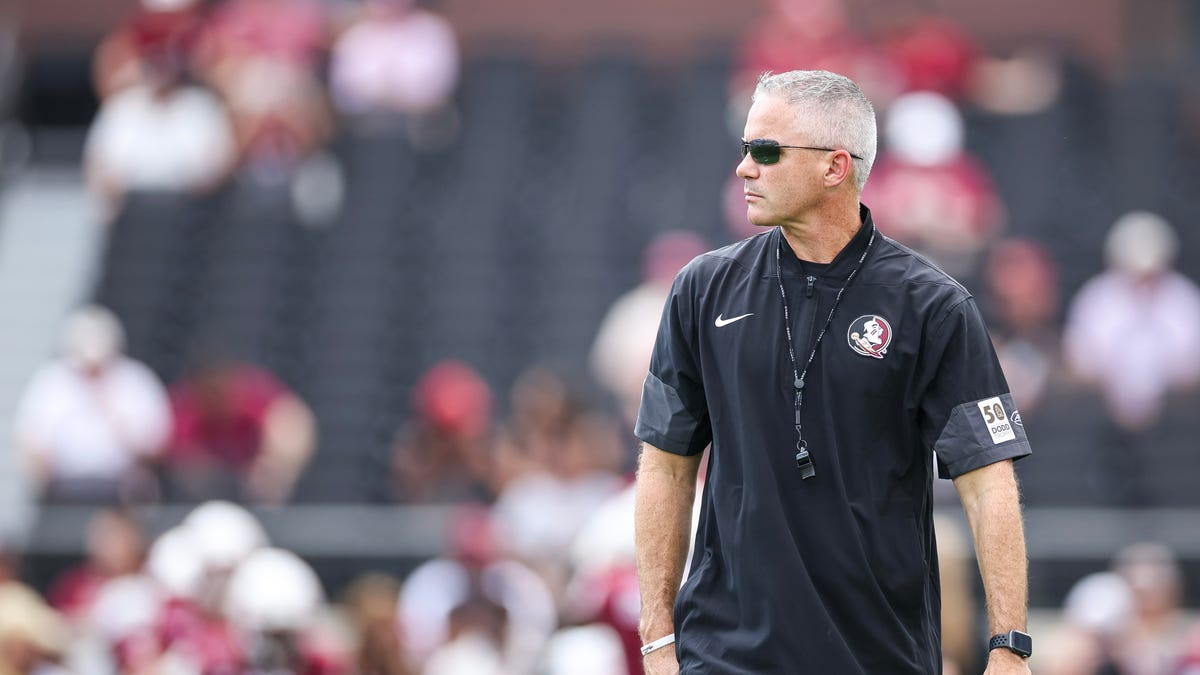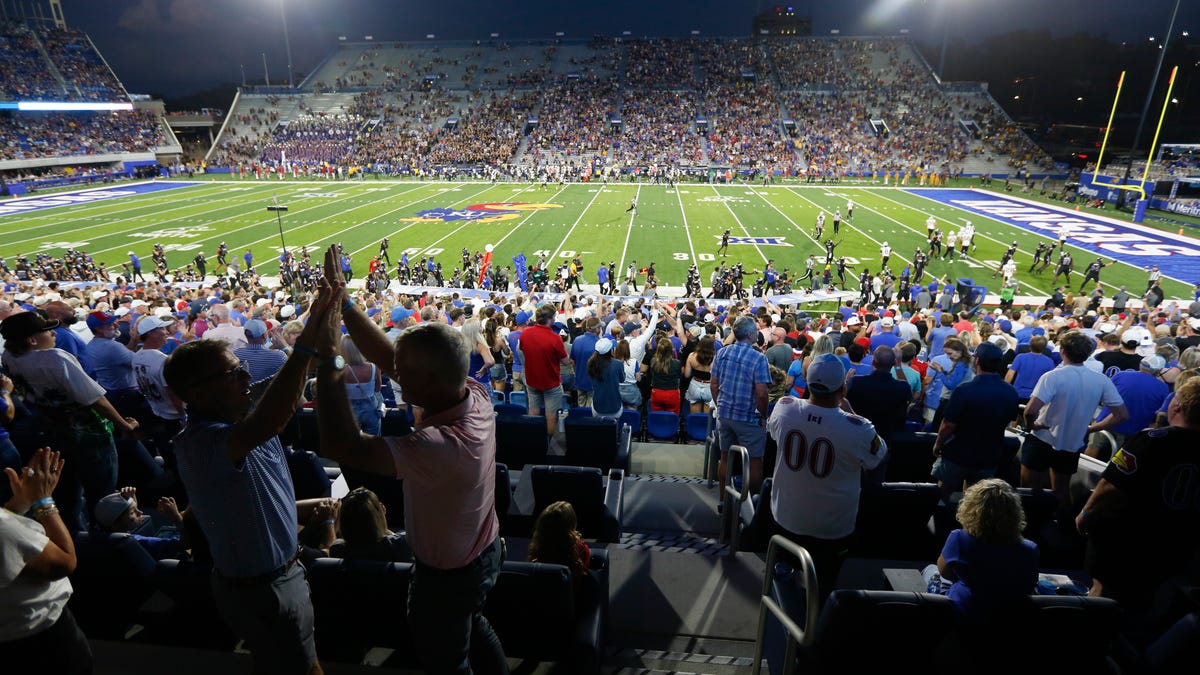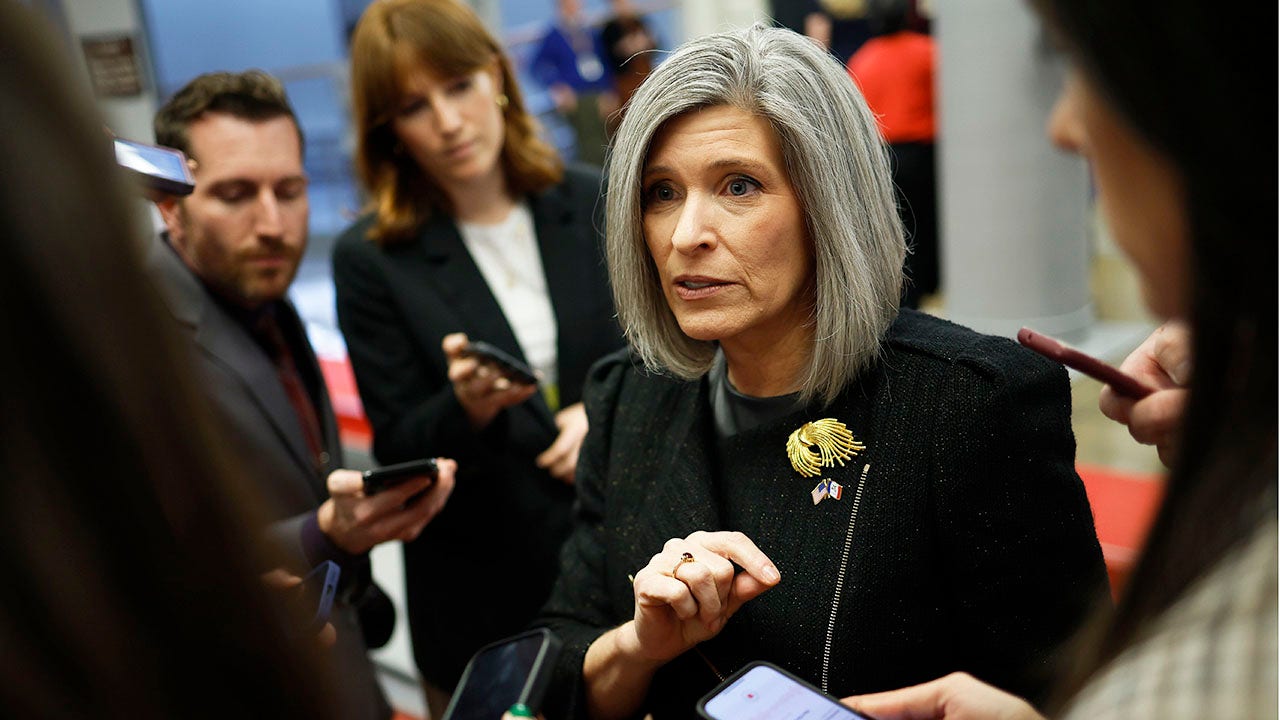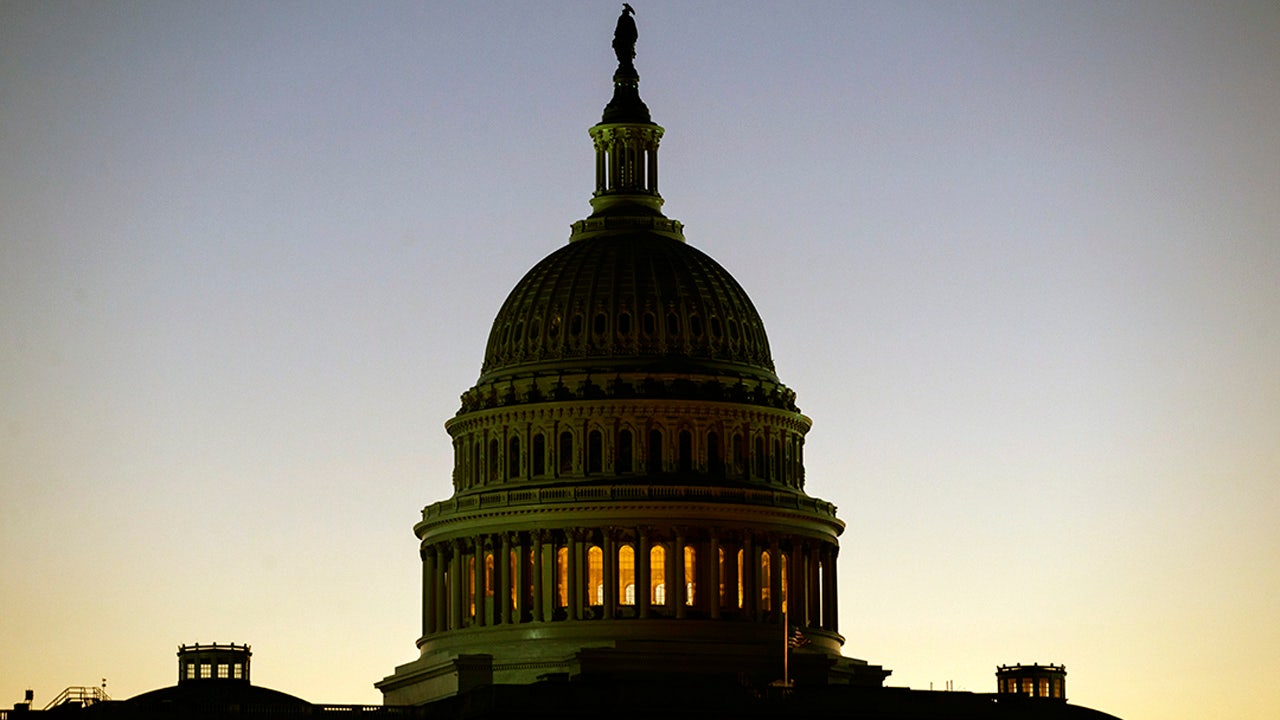Illinois
Here’s how much Illinois and Michigan have made in marijuana sales recently
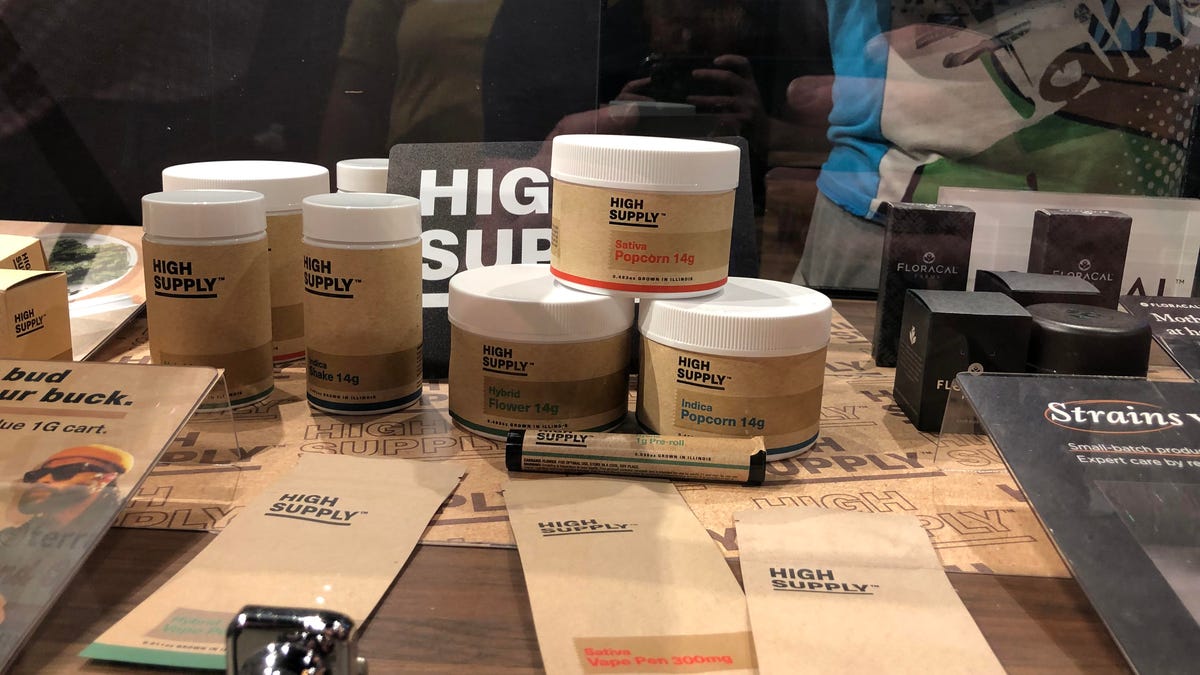
EVANSVILLE – Indiana is getting lonelier and lonelier.
Three of its direct neighbors have now legalized recreational marijuana. The latest one to fall was Ohio, where a -referendum to greenlight adult-use cannabis cruised to an easy victory during the Nov. 7 election.
The state previously only allowed medical.
Recreational sales for adults 21 and older are set to go live Dec. 7. According to the Cincinnati Enquirer, the millions in expected revenue will funnel to any local municipality with dispensaries, as well as toward a jobs program and substance abuse fund.
Ohio will now join Michigan, which legalized recreational back in 2018, and Illinois, which did the same two years later. Kentucky, meanwhile, allows medical marijuana thanks to an executive order Gov. Andy Beshear issued in 2022.
Indiana isn’t close to doing any of that.
Repeated attempts to legalize marijuana in the state legislature have gone nowhere, and Gov. Eric Holcomb has refused to consider any kind of change as long as marijuana remains a Schedule I narcotic in the eyes of the federal government.
Most of the hopefuls looking to replace him in 2024 are just as rigid. When the Indy Star recently reached out to candidates about the issue, only two – Democrat Jennifer McCormick and Libertarian Donald Rainwater – said they were open to the idea.
And unlike Ohio and multiple other states that have legalized cannabis through the will of the voters, Indiana doesn’t allow ballot initiatives.
That continuing prohibition causes Indiana to miss out on ever-growing piles of money. Both Michigan and Illinois compile sales figures for monthly reports. Here’s how much they’ve made recently.
Marijuana sales in Illinois
According to sales figures from the Illinois Department of Financial and Professional Regulation, the state has been selling recreational marijuana at highly steady rates.
The high point came in July, when officials recorded more than $140 million in sales. Almost $36 million came from Indiana and other out-of-state residents.
August and September brought $139 million each in total sales. The most recent data from October shows $138,751,456, with $33,754,890 coming from non-Illinoisians.
Marijuana sales in Michigan
Michigan did even better.
According to its monthly report for October, the state logged more than $258 million in adult-use sales and a little more than $4 million in medicinal.
The report doesn’t break the figures down by in-state and out-of-state like Illinois, but it likely gets business from both Indiana and another prohibition neighbor: Wisconsin.
According to the Wisconsin Policy Forum, about half of the state’s over-21 population lives within a 75-minute drive to some legal weed destination. Dispensaries are inching closer to Indiana residents as well. Just this summer, the cannabis dispensary Terrabis marked its grand opening in Grayville, Illinois: less than an hour from Evansville.
Efforts to ratify cannabis there have gone about as well as they have in Indiana.

Illinois
Illinois High School Football Top 25 State Rankings – Sept. 23, 2025

East St. Louis and Brother Rice have moved up, this week, into the top four of the Illinois High School Football Top 25 State Rankings. Lincoln-Way West is the lone newcomer, entering the rankings at No. 25.
Previous ranking: 1
Last week: Def. St. Ignatius 41-14
Up next: at Benet, Sept. 26
Quentin Burrell caught two touchdown passes from Emmett Dowling, who had four total TDs. Tavares Harrington ran a fumble back 99 yards for a score.
Previous ranking: 2
Last week: Def. Lockport 49-14
Up next: at Naperville Central, Sept. 26
USC-bound Jonas Williams continued to move closer to the IHSA career records for passing yards and passing TDs, going 30-of-35 for 354 yards and five touchdowns.
Previous ranking: 4
Last week: Def. Alton 60-6
Up next: vs. Belleville West, Sept. 26
Myson Johnson-Cook ran for 88 yards and three touchdowns to lead the Flyers.
Previous ranking: 5
Last week: Def. Loyola 28-6
Up next: vs. St. Patrick, Sept. 26
Army commit CJ Gray had TD runs of 5 and 71 yards, and also threw a 47-yard touchdown pass.
Previous ranking: 3
Last week: Lost to Brother Rice 28-6
Up next: vs. DePaul Prep, Sept. 26
Sophomore quarterback Matthew Lee passed for 149 yards for the Ramblers. whose 13-game winning streak was snapped.
Previous ranking: 6
Last week: Def. New Trier 35-16
Up next: at Conant, Sept. 26
Jayden Faulkner ran for 134 yards and Northwestern commit Johnny O’Brien threw for 197 yards and three TDs.
Previous ranking: 8
Last week: Def. Downers Grove North 35-21
Up next: vs. Lyons, Sept. 27
The Hilltoppers led 28-0 after one quarter and coasted to the win. Quarterback AJ Rayford returned from an injury to pass for 167 yards and a TD.
Previous ranking: 9
Last week: Def. Barrington 41-21
Up next: vs. Evanston, Sept. 26
Indiana-bound Jameson Purcell threw for 238 yards and three TDs, and also ran for 65 yards.
Previous ranking: 7
Last week: Def. IC Catholic 24-21
Up next: at Joliet Catholic, Sept. 26
Billy Harding kicked a game-winning 39-yard field goal with seven seconds left and Trenton Walker had six catches for 140 yards.
Previous ranking: 12
Last week: Def. Lake Park 41-21
Up next: at St. Charles North, Sept. 26
Henry Hahn ran for 120 yards and three touchdowns, while the Bulldogs’ defense had seven tackles for loss, two sacks and an interception.
Previous ranking: 10
Last week: Lost to Glenbard West 35-21
Up next: vs. Proviso West, Sept. 26
Still playing without Minnesota-bound quarterback Owen Lansu, the Trojans had a 71-yard TD pass from Kevin Jay to Illinois commit Will Vala.
Previous ranking: 11
Last week: Def. Burlington Central 28-7
Up next: vs. McHenry, Sept. 26
Fullback Jake Wagler ran 25 times for 155 yards and two touchdowns as the Wolves won the battle of unbeatens.
Previous ranking: 13
Lost week: Def. Waukegan 51-0
Up next: at Zion-Benton, Sept. 26.
Illinois-bound Aaron Stewart rushed for 204 yards and five touchdowns, boosting his season totals to 990 yards and 15 touchdowns.
Previous ranking: 14
Last week: Def. St. Rita 17-10
Up next: at Providence, Sept. 26
The Spartans opened a 17-0 third-quarter lead and held on for the road win.
Previous ranking: 15
Last week: Lost to Maine South 41-21
Up next: vs. Palatine, Sept. 27
Luke Tepas threw for 295 yards, including a 61-yarder to Vince Cook, to lead the Broncos.
Previous ranking: 16
Last week: Def. Palatine 28-7
Up next: at Glenbrook North, Sept. 26
Andrew Bonvechio threw a pair of touchdown passes for the Titans.
Previous ranking: 17
Last week: Def. Leyden 56-0
Up next: vs. Oak Park-River Forest, Sept. 26
Dom Alfano was a perfect 9-of-9 passing for 186 yards and three touchdowns .
Preseason ranking: 20
Last week: Def. Fenwick 31-29
Up next: at Marmion, Sept. 26
Israel Abrams was 15-of-19 passing for 163 yards and two touchdowns as the Broncos held on for the win.
Previous ranking: 19
Last week: Lost to Montini 31-29
Up next: at De La Salle, Sept. 26
Jamen Williams threw for 328 yards and three touchdowns for the Friars.
Previous ranking: 22
Last week: Def. Plainfield South 33-7
Up next: vs. Yorkville, Sept. 26
Mariano Velasco had a pick-six and a receiving touchdown for the Panthers.
Previous ranking: 23
Last week: Def. Wheaton North 34-12
Up next: vs. Batavia, Sept. 26
JT Padron threw for 326 yards and three touchdowns for the North Stars.
Previous ranking: 25
Last week: Def. Lyons 29-26
Up next: at Downers Grove South, Sept. 26
Two-way standout Riley Contreras passed for 209 yards and two TDs, and also ran for 43 yards and a touchdown for the Red Devils.
Previous ranking: 24
Last week: Lost to Hinsdale Central 29-26
Up next: at Glenbard West, Sept. 26
EJ Kuhlman ran for 156 yards and two TDs for the Lions, while Jack Slightom threw for 254 yards and a score.
Previous ranking: 21
Last week: Lost to St. Francis 17-10
Up next: at Notre Dame, Sept. 26
Quarterback Stephen Armbruster returned and passed for 93 yards, while Jack Schapendonk had 10 tackles, including three for loss, for the Mustangs.
Previous ranking: Not ranked
Last week: Def. Lincoln-Way Central 17-12
Up next: at Waubonsie Valley, Sept. 26
Zach Hermanson kicked a program-record 52-yard field goal for the Warriors.
Illinois
Former Illinois Gov. Jim Edgar, a popular two-term Republican, dies at 79
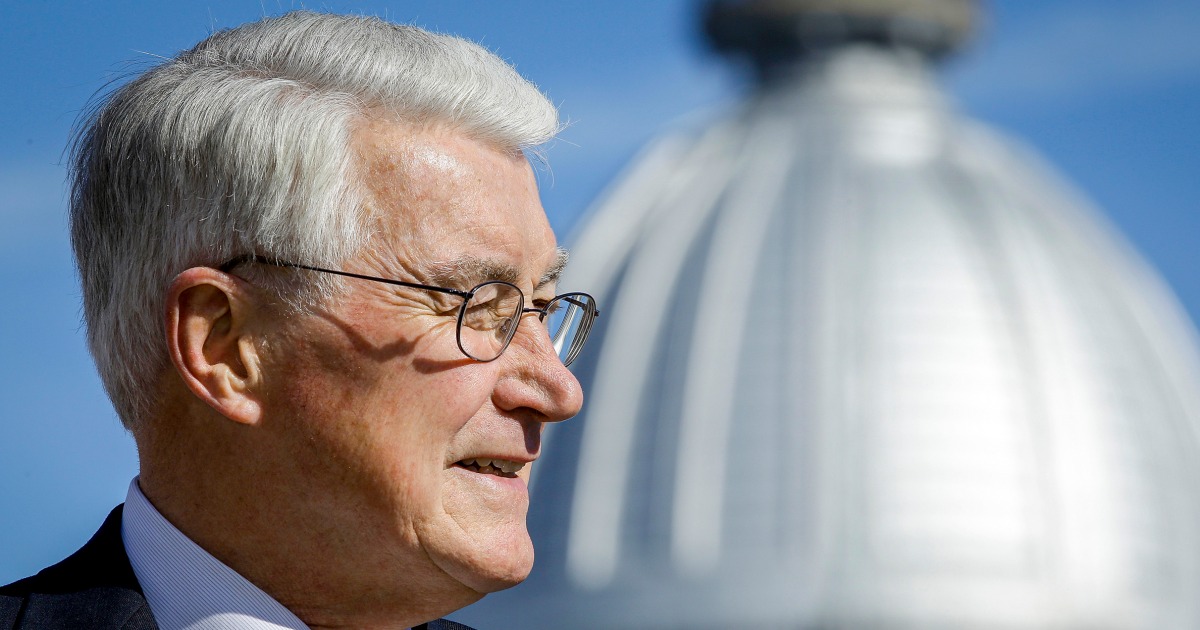
CHICAGO — Former Illinois Gov. Jim Edgar, a popular two-term Republican credited with guiding the state into a period of greater financial stability in the 1990s, died Sunday, according to his family. He was 79.
Edgar died from complications related to his treatment for pancreatic cancer, his family said in a statement. He publicly disclosed his cancer diagnosis earlier this year.
“We are deeply grateful for the love, support and kindness so many have shown to Jim and our family over these last several months,” the statement said.
A former state legislator who was Illinois secretary of state for a decade, Edgar was elected governor in 1990. The moderate Republican easily won reelection, including winning heavily Democratic Cook County, where Chicago is located.
He remained a party statesman and adviser, and grew uneasy with the Republican Party’s shift to the right. Edgar was among high-profile Republicans who did not support Donald Trump’s presidency, joining a campaign to support Kamala Harris ′ bid for president last year called “Republicans for Harris.”
Born in small-town Oklahoma, Edgar was much more reserved than his flashy, charming predecessor, James R. Thompson, who was the longest-serving governor in state history. At the time Edgar took office, the state was hundreds of millions of dollars in debt and paying its bills months late.
Amid a recession, Edgar pushed legislators to cut the state budget, making layoffs and cuts in popular programs. He also managed to fulfill his campaign promise of getting a temporary income tax surcharge made permanent, guaranteeing a stable source of money for public schools.
“It wasn’t always pretty how it was done, but we got a lot done,” Edgar told The Associated Press in 1998. “We went after some pretty tough issues. We didn’t get them all, but we got most of them.”
He surprised many political observers when he announced in 1997 that he would not seek a third term, considering his popularity. Republicans tried to draft him to run for office again, including bids for the U.S. Senate and again for Illinois governor. But he did not accept.
Edgar went on to teach and served as president emeritus of the Abraham Lincoln Presidential Library Foundation, among other things.
“By any standard, he was a Republican whose integrity guided his time in office and who managed one of the most successful periods in Illinois state government,” Bob Kustra, who served as Edgar’s lieutenant governor, said in a statement.
Illinois Gov. JB Pritzker said Sunday that flags in the state would fly at half-staff in Edgar’s honor.
“Now more than ever, we should channel that spirit and resolve to live as Governor Edgar did: with honesty integrity, and an enduring respect for all,” Pritzker, a Democrat, said in a statement. “He will live on in the incalculable number of lives he touched and in the stronger institutions he helped build.”
Edgar is survived by his wife and two children.
His relatives said details on funeral plans would follow in the coming days.
Illinois
Landmarks Illinois awards $43,000 to preserve 10 historic sites statewide

Landmarks Illinois awarded $43,000 in grants to preserve 10 historic sites across the state, including South Shore Cultural Center and Bowen High School in Chicago, the nonprofit preservation group announced Thursday.
The new round of grants from Landmarks Illinois will fund nonprofits, churches and community groups working to restore culturally and historically significant sites in Chicago, Galesburg, Greenup, Kampsville, Naperville and Peoria.
“When we invest in our built environment, in places that matter to people and speak to our shared histories, it has wide-ranging positive impacts on the entire community,” Bonnie McDonald, CEO of Landmarks Illinois, said.
Two new grant recipients are in Austin, a West Side community that has historically experienced disinvestment. “By restoring these places, we create jobs and attract additional investment in the neighborhood,” McDonald said.
Yet Landmarks Illinois has been stifled by funding requirements under President Donald Trump’s administration. The nonprofit had planned to apply for $750,000 from a National Park Service grant program. But it found new government restrictions “require regressive and incomplete versions of American history and dismantle diversity, equity and inclusion initiatives,” Landmarks Illinois said in a Tuesday statement.
“As a result of the administration’s ongoing repressive and authoritarian-like actions, we were forced to pass up this significant opportunity to provide vital resources to communities across the state,” the nonprofit added.
Oct. 1 is the next deadline for Landmark Illinois grant applications. Criteria and eligibility varies for three types of grants that range from $500 to $10,000.
Chicago grantees include:
New Precious Grove Missionary Baptist Church in south Austin received $5,000 for roof repairs. The architecturally unique building features a terra cotta facade. It was built in 1912 and was originally home to the Ideal Theatre. The church is run by more than 50 volunteers who lead spiritual services, educational programs and social services.
A House in Austin, a family services nonprofit, received $6,000 to repair the chimney on the historic Victorian home where it’s based. The group has a 75-year history of serving the community, said Landmarks Illinois. It has raised other funds to maintain the house and preserve unique features, such as stained glass windows and fireplaces.
Bowen High School Alumni Association in South Chicago received $2,800 to fund a National Register of Historic Places nomination for Bowen High School. The Chicago Public School was constructed in 1910 and features Chicago School and Prairie architecture styles. It is named for James Bowen, a 19th-century entrepreneur who dredged the Calumet River. The school was an “educational gateway” for the children of immigrants, said Landmarks Illinois.
The South Shore Cultural Center Park Advisory Council will use $2,500 to launch a public awareness project for the overall restoration of the center’s outdoor stage. The stage opened in 1920 but has long been unused and in disrepair due to a lack of funding for maintenance.
Coppin AME Church in Washington Park received $4,700 for roof and masonry repairs to its sanctuary and community center. The church has been a “pillar in the neighborhood” since it opened in 1928, Landmarks Illinois said. The sanctuary’s front door also needs repair after damage during an attempted break-in.
Other grants awarded include:
- The Orpheum Theatre in Galesburg will use its $5,000 grant to replace three exterior doors at the 109-year-old performing arts venue in the city’s National Register-listed Historic District.
- Kampsville in Calhoun County received $5,000 for a feasibility study on the adaptive reuse of a 1907 historic home at the Perrin’s Ledge historic site to create a visitor center. The site marks where Father Marquette and Louis Joliet visited Calhoun County in July 1673 and met local Native Americans.
- Citizens to Preserve Jubilee College in Peoria received $5,000 to restore original windows at Jubilee College, an Illinois State Historic Site, which first opened in 1839 as one of the earliest institutions of higher learning in Illinois.
- Harmony Church in Greenup will use $5,000 to repair floors in its building, built in 1876 by Methodist and Quaker volunteers. An adjacent cemetery is home to many veterans dating back to the Civil War. It also features an original Native American burial mound.
- Naperville Preservation will use $2,000 to conduct an architectural survey of homes built by Don Tosi, a prominent mid-century designer and builder active in Naperville from the 1950s through the 1980s. Tosi has designed and built about 80 homes in the suburb.
-

 Finance1 week ago
Finance1 week agoReimagining Finance: Derek Kudsee on Coda’s AI-Powered Future
-

 World1 week ago
World1 week agoSyria’s new president takes center stage at UNGA as concerns linger over terrorist past
-
North Dakota1 week ago
Board approves Brent Sanford as new ‘commissioner’ of North Dakota University System
-

 Technology1 week ago
Technology1 week agoThese earbuds include a tiny wired microphone you can hold
-

 Culture1 week ago
Culture1 week agoTest Your Memory of These Classic Books for Young Readers
-
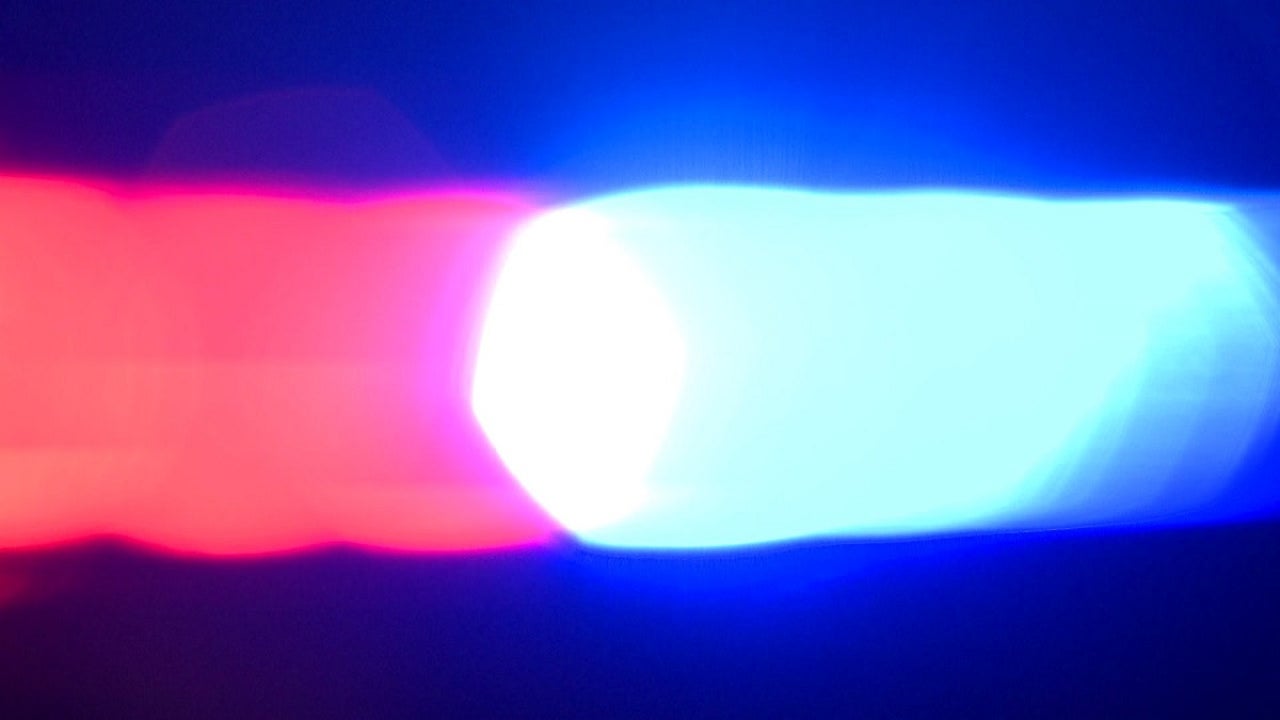
 Crypto1 week ago
Crypto1 week agoTexas brothers charged in cryptocurrency kidnapping, robbery in MN
-
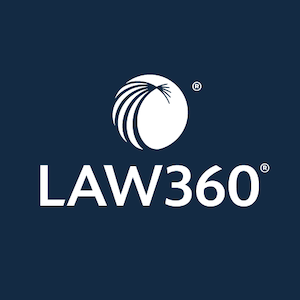
 Crypto1 week ago
Crypto1 week agoEU Enforcers Arrest 5 Over €100M Cryptocurrency Scam – Law360
-

 Rhode Island1 week ago
Rhode Island1 week agoThe Ocean State’s Bond With Robert Redford

